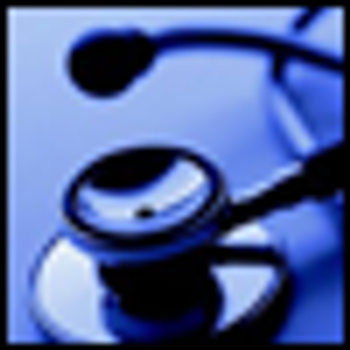
News





There are 2 rooms a physician should never enter, or even go near: the executioner’s chamber and the interrogator’s cell. I’m speaking figuratively, but I have very concrete circumstances in mind. Indeed, in recent years, psychiatrists have been drawn into controversies related to both these “rooms”-one involving the physician’s role in capital punishment cases; the other, in cases related to the interrogation of suspected terrorists.







Part-time Medical Director for mid-Wilshire, Los Angeles Portals Div. Must be a CA-licensed MD w/ Board cert in Psychiatry (ABPS or ABPN) w/ Board cert in adolescent or geriatric Psychiatry desirable. Requires basic computer typing skills, strong English skills. Spanish or Armenian or Farsi fluency a plus.


The University of Arizona Department of Psychiatry is recruiting adult psychiatrists to join a progressive and growing academic department located in the beautiful Southwest. These two new positions, in addition to recent hires, will support residency expansion and major new facilities opening in early 2011. Both positions below are located at the University Physicians Healthcare Hospital, which is a federally recognized underserved area. Candidates must have current credentials to practice medicine in the United States and be Board-certified or -eligible in Psychiatry.





Army personnel responsible for supervising the Army psychiatrist now accused of the November 5, 2009 shooting rampage at Fort Hood, Tex, may find themselves accused of failing to follow Army policies and regulations and taking appropriate actions.

Highly desirable Inpatient/Outpatient Community Mental Health opportunities for BE/BC Psychiatrist available in Northern Arizona’s beautiful White Mountain vacation area. Be part of a family friendly community with southwestern charm. Step into a hassle-free practice, where you see patients and we take care of the rest. Experience professional, supportive staff, a collegial environment, as well as comfortable work hours and life style. Modern, newly constructed inpatient psychiatric hospital offers a state of the art treatment environment. Arizona’s White Mountain area is renowned for mild summers and beautiful, snow-capped mountain winters, perfect for hiking, hunting, fishing, camping, skiing, snowboarding, and bird watching.

We've put many of the clinical scales online, hoping healthcare professionals-whether in specialty practices, primary-care settings, or emergency services-will find this format convenient. … Read More


In his Putting Research Into Practice column, “Practical Implications of a Study on Treating Chronic Insomnia," (Psychiatric Times, Dec 2009, Vol XXVI, No 12, p 8) Dr Rajnish Mago described a study of cognitive-behavioral therapy (CBT) and hypnotics in 160 subjects with chronic insomnia, 15% with a comorbid psychiatric diagnosis.

In the face of 200,000 or more dead and millions injured or homeless in Haiti following the January 12 earthquake, mental health and medical organizations, along with US government agencies, are offering aid both to those suffering and to those helping.

When a soldier is killed while in the military service the President writes a condolence letter to the family. However, if a soldier is psychologically injured and then commits suicide, there is no Presidential letter of condolence.

There are very few, if any, direct mental health provisions in the congressional health care legislation that has passed the House and is now awaiting Senate approval. The Senate bill-the Patient Protection and Affordable Care Act (HR 3590)-debated on the floor in December is similar in some respects to the Affordable Health Care for America Act (HR 3962), which the House passed by an extremely thin, Democrat-heavy vote of 220-215 on November 7, 2009. Both bills appear to extend mental health parity to individual and group policies sold within new health insurance Exchanges. They would also expand Medicaid, begin funding medical home demonstrations, and ban insurance companies from denying policies based on an applicant’s preexisting condition.

Of particular utility in the position statement is a checklist for identifying children who are at risk for sudden death, independent of ADHD or stimulant drug treatments.

In a very long essay in the Sunday (1/10/10) New York Times Magazine entitled, “The Americanization of Mental Illness,” Ethan Watters suggests that a kind of psychiatric-cultural imperialism has been foisted on other countries and cultures by “the West.”

Since the inception of the modern era of psychopharmacology, psychotropics have been the mainstay of the care of psychiatric patients all over the world, irrespective of their cultural and ethnic backgrounds. Until recently, however, variations in treatment response across populations, including effectiveness, dosing strategies, and adverse-effect profiles, have received minimal attention.

The onset of psychiatric illness in a child is a life-changing event for families. Families from immigrant and ethnocultural communities often must come to an understanding of their child’s psychiatric difficulties while simultaneously interacting with an unfamiliar health care system and its practitioners.